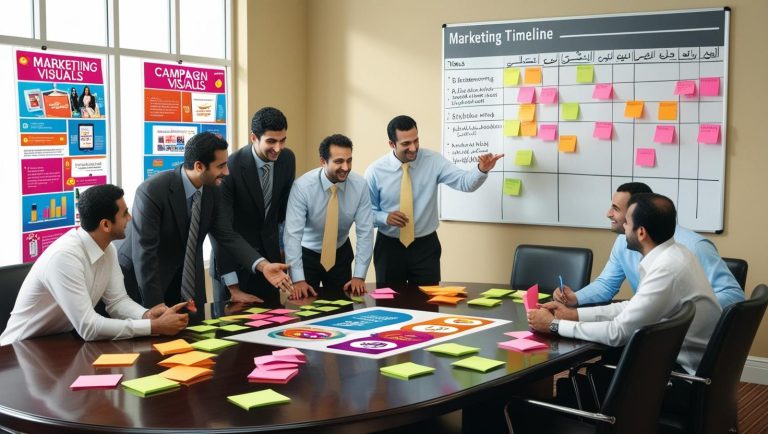The Agile Legacy: Building Projects That Last
Understanding Agile and its Legacy
The idea of Agile isn’t confined to the present moment—it encompasses a bigger picture that speaks of enduring influence and sustained validity. At its core, Agile methodology encourages flexible decision-making, fostering a solution-driven environment. This flexibility is what enables us to build not just effective projects, but lasting legacies.
Sustainable Code: A Fundamental Building Block
A significant part of building a lasting Agile legacy hinges on the concept of ‘sustainable code.’ This notion holds invaluable worth because, without a robust, flexible, and scalable codebase, the possibility of a lasting project is practically non-existent. A sustainable code provides a solid foundation, facilitating the continuous improvement and evolution of the project.
- Scalability: In building a lasting Agile legacy, one must pay particular attention to scalability. As the project grows, the underlying codebase should be capable of accommodating and supporting this growth without causing any severe disruption.
- Flexibility: A sustainable code isn’t rigid. It carries a level of malleability that allows it to adapt to varying situations, changes, and improvements without cracking under pressure. This adaptability ensures that the project remains resilient in the face of innovation.
- Robustness: The code underpinning a project must be resilient and capable of handling uncertainties that may surface during the project’s lifetime.
Happy Clients and the Agile Process
The Agile methodology isn’t only about developing projects; it also focuses keenly on the happiness and satisfaction of its clients. It does this primarily through collaboration and feedback mechanisms. Through this, projects are not only able to meet clients’ expectations but also predict and address potential issues beforehand.
Collaboration: A Core Agile Principle
Collaboration is an intrinsic part of the Agile process—it isn’t merely a buzzword. Projects built with Agile methodology actively involve clients throughout their development process. This collaboration allows for the quick flagging and rectification of discrepancies, enhancing the quality of the project. Equally, it encourages a better understanding and alignment of expectations, which invariably leads to client satisfaction.
Feedback: A Catalyst for Improvement
Another essential element in the Agile process is feedback. Constructive criticism isn’t just beneficial—it’s crucial. By incorporating regular feedback into the process, teams can identify areas of improvement, rectify mistakes quicker, and make alterations if necessary. This real-time evaluation enables teams to deliver quality products, thereby ensuring happy clients and cementing their Agile legacy.
Agile Principles and Longevity
An Agile project’s success rests significantly on its principles. Key principles such as respect for individuals, continuous learning, and responsiveness to change are intrinsically designed to foster an environment that facilitates lasting solutions. These principles champion innovation, encourage flexibility, and promote resiliency—attributes that contribute significantly to building projects that stand the test of time.
- Respect for Individuals: This principle underscores the importance of valuing every team member’s ideas, perspectives, and skills. It cultivates an environment of trust, leading to improved collaboration and, ultimately, superior product quality.
- Continuous Learning: In the Agile world, learning never stops. Agile insists on a learning culture that continually looks for ways to improve, innovate, and foster creativity. This hunger for improvement ensures that Agile projects continue to adapt and flourish, even amid changing environments.
- Responsiveness to Change: Change, often seen as a disruption in traditional paradigms, is welcomed in Agile. Agile understands that to meet the evolving needs of clients and maintain relevance, change must be embraced. This openness ensures Agile projects maintain their relevance and adaptability, thereby enhancing their longevity.
Reaping the Benefits of the Agile Legacy
Creating an Agile legacy does more than ensure the durability of your projects—it confers a plethora of benefits, many of which ripple beyond the confines of the current endeavor. For starters, clients gain greater satisfaction and trust, leading to stronger, long-lasting relationships. Teams reap the rewards of continuous improvement, fostering an environment poised for innovation. In essence, an Agile legacy isn’t just a testament of successful past projects—it’s an investment in the future.





